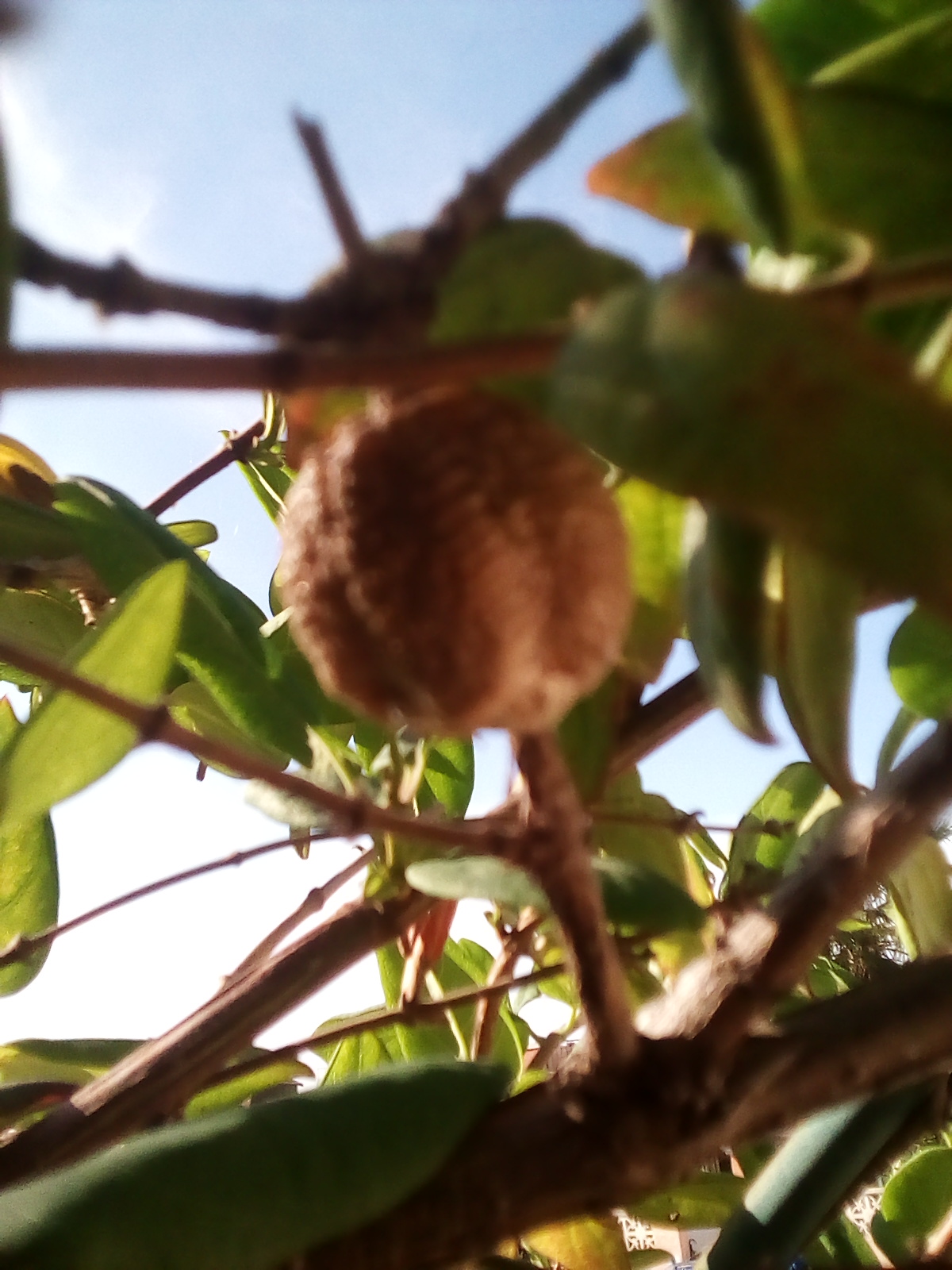By Andrew Atkinson
A PRAYING mantis egg sac was discovered in the garden this week – attached to a honeysuckle plant.
Praying mantis are highly prized in the garden – due to their predaceous nature – against insects that plague plants.
Praying mantis in the garden provide a safe, biological weapon to combat the summer’s onslaught of insects, eating flies, crickets, moths and mosquitoes.
Praying mantis have a complex life cycle, which starts with cannibalistic mating and encompasses an overwintering egg period, followed by a nymph stage and finally adulthood.
Praying mantis egg sacs hatch, emerging from their casings as temperatures warm in spring. May will see miniature baby praying mantis erupt from the sac.
Females lay eggs on twigs and stems, walls, fences and house siding and eaves. The sacs can be difficult to spot, as was the case with me.

What was phenomenal is that the fascinating praying mantis can lay up to 300 eggs – in one sac!
Only about one-fifth of the nymphs will survive to adulthood, which makes the protection of the egg sacs important to preserve the next generation.
The Praying mantis adult female lays eggs -before she dies. The sac is about 1 inch long, rectangular, with rounded edges and tan to white.
The eggs are surrounded by a frothy foam – which hardens into the casing. The foam is called ootheca.
The nymphs look like miniature adults and emerge with voracious appetites, feeding in the garden.
Over the last 13 years praying mantis have been visiting our garden in Los Montesinos, Alicante, but I had never discovered a egg sac before.
An adult praying mantis was photographed in the garden in May, prior to discovering the egg sac.





